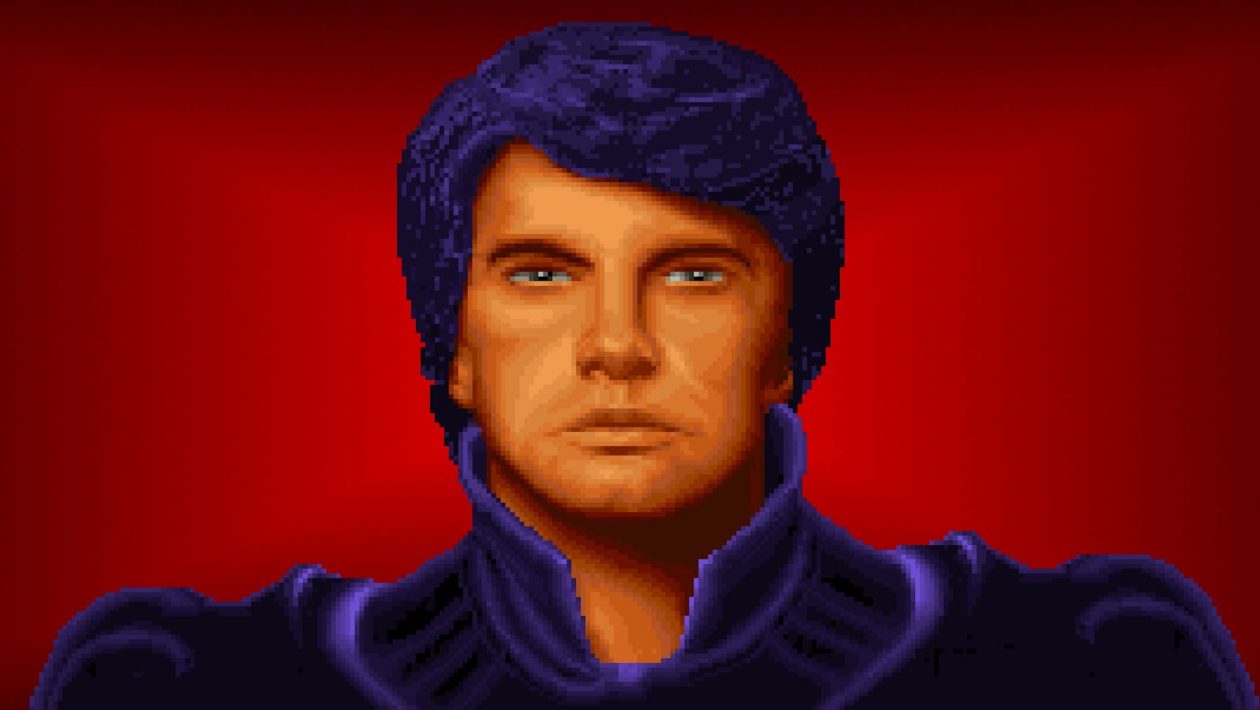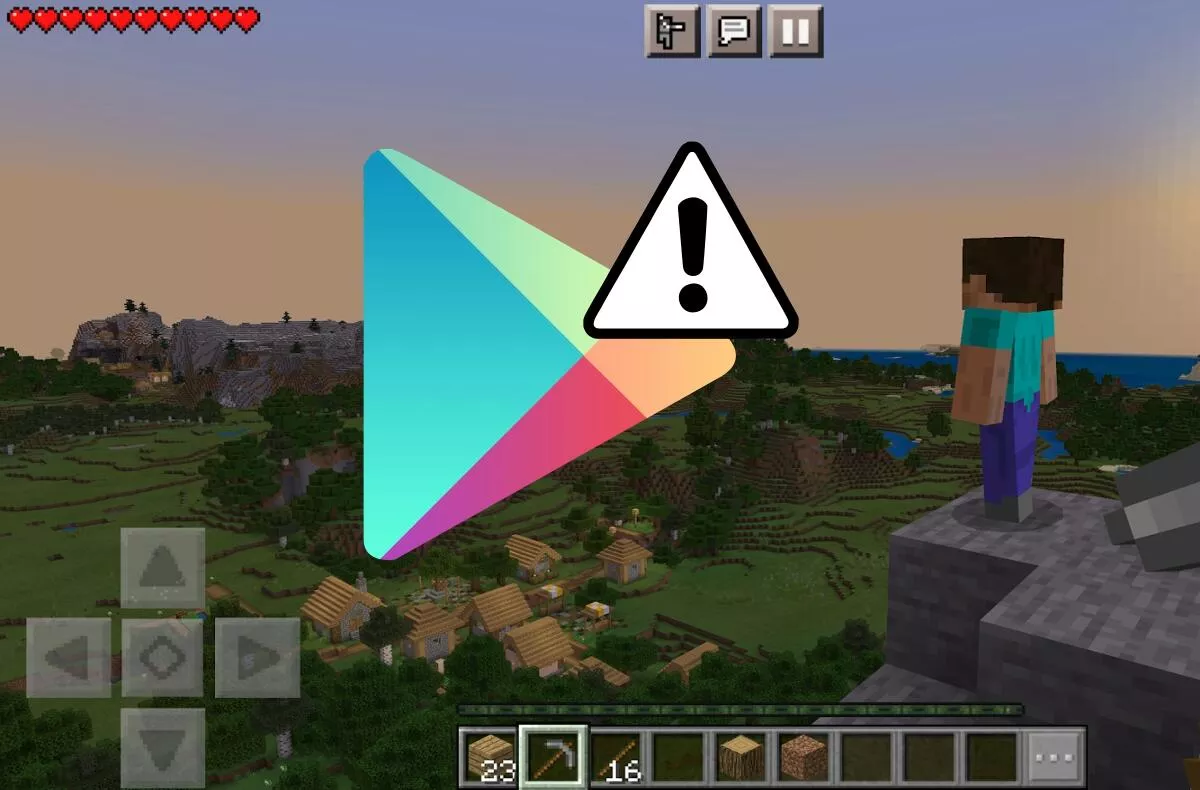History of games according to Dune, part one -apkrig
A new film adaptation of the famous sci-fi saga Dune by writer Frank Herbert, directed by Denis Villeneuve, is heading to Czech cinemas. How else could we players prepare for this event than remember the games that took us into this universe. The award-winning series received not only a 1984 film by David Lynch, but also television miniseries, comics, card and board games, but also video games, which left a relatively significant mark on the digital world. Although there are not as many as this award-winning phenomenon would undoubtedly deserve.
The appearance of David Lynch’s film in many ways directly and indirectly influenced the style of play, so in the title we find many things, but also characters, machines, clothes and places that maintain the same or very similar style.
At Vortex, we regularly focus on new titles that are being created under the banner of the Norwegian company Funcom, which has acquired the rights to play under the Dune, although we don’t know much about them yet. We also reminded of the real-time strategy of Dune 2000 in a non-traditional version for the original PlayStation, which has completely different graphics, and after all alerted you to the community-enhanced PC version with a number of modern innovations and features. So far, however, we have not dealt with the history of games from this saga chronologically as it deserves. So now we will take a short trip together against the flow of time and in this mini series we will recall the individual chapters of Dune from Ones and Zeros.
The first from the French company Cryo Interactive was released in 1992 and to this day remains a bit unjustly in the shadow of the much more popular Dune II from Westwood Studios, which was released in the same year and greatly popularized the genre of real-time strategy. The number one – although not the forerunner of number two in the true sense of the word, I will call it that – is an attractive and surprisingly successful blend of adventure and strategy. It is based on the original book and film adaptation, and the main character is, as usual, Paul Atreides. The appearance of David Lynch’s film in many ways directly and indirectly influenced the style of play, so in the title we find many things, but also characters, machines, clothes and places that maintain the same or very similar style. But that does not mean that the authors just make their work easier. Crya’s graphic artists definitely came up with a number of their own interesting ideas.
Unlike the book and the Hollywood film, however, the story begins right on the desert planet of Arrakis, not counting the intro and opening word. The Atreides will take charge of this inhospitable world and spice mining, and you are immediately drawn into a whirlwind of events of galactic proportions. Fortunately, from a novice’s point of view, the introduction is quite kind, because everyone introduces themselves to you politely first, including your own parents. Thanks to interactive interviews, the game works surprisingly well as an introduction to the whole saga, if you would never read the book or see a film adaptation.
Your primary task is to expel the Harkonnens from Arrakis, but you are also in command of the mining itself, which means the need to address the economic and military side of things. And the game does not lack the ecological dimension of its own design. However, talking about playability would be carrying wood into the forest, you’d better try Dune yourself. Interestingly, compared to Lynch Dune, the filmmakers didn’t follow the filmmakers in all cases. Paul Atreides looks like the American actor Kyle MacLachlan, who also appeared on the cover, and Feyd-Rauth a bit like the singer Sting.
Before and after
But not all characters. Although Gurney Halleck is bald in the game, he is still very far from Patrick Stewart. And everything could have been a little different. In both cases, where the characters in the game look like they were in a movie, their appearance was modified during the development to be more in line with their Hollywood characters. Although in the case of Sting’s hairstyle… hard to say. We know their original appearance thanks to an unplayable demo version released in early 1992. From today’s point of view, it is quite funny that the original Paul looks a bit like his representative from the new film Timothée Chalamet.
There was even a regular sequel in which the player would take to change the Harkonnens.
Dune was released on the Amiga, DOS and in 1993 also on the Sega CD platform, or Mega-CD, if you will. It was one of the first games to be converted to the then-emerging CD-ROM technology in addition to the floppy disk version, and as such offered some enhancements exclusive to this medium. The CD version came with attractive snippets of David Lynch’s film, complete dubbing, better sound and sometimes more modern 3D pre-rendered graphics, although paradoxically it may have aged faster in the eyes of today’s players than the classic one. But in its time, the animated journey around Arrakis took the players by surprise,
The game was originally supposed to be released on other platforms. Ports were planned for the Atari ST, SNES, NES, or Master System, but were abandoned. There was even a regular sequel in which the player would take to change the Harkonnens. However, it did not happen to him either, and at least symbolically Westwood took over the baton. In fact, Cryo did not return to the universe until 2001 with the not very well-known title of Frank Herbert’s Dune. A year later, it ended completely, and the never-canceled online game Dune Generations was never created.
But at least briefly, we have to touch on why, in parallel with Cry Westwood’s Dune, he made his own Dune, later named Dune II. The development of the real-time strategy began at a time when the publisher, Virgin Interactive, was about to ruthlessly whistle the project from the French developers, and of course the company was about to entrust the license to someone else. The publisher was not thrilled with the work the authors had done on the game over the long months, and several times there was a serious threat that the game would be canceled.
The authors of Dune II, after all, thought that the title from Cry had actually been canceled when they set to work. However, the French developers secretly continued to work, and in the end they managed to persuade Virgin to release the game. Not only did the first team be able to complete their version, but Westwood eventually overtook it. This made their strategic legend in the sense of the name “sequel”, although together the games shared only the same world. No wonder the authors didn’t like it at all.
If you feel that some desert people remind you of Libyan leader Muammar Gaddafi or painter Salvador Dali, it’s not just your wild imagination.
The soundtrack is also worth attention from today’s point of view. The music, composed by Stéphane Picq and Philippe Ulrich, was also released on an audio CD called Dune: Spice Opera, which at the time was far from obvious for game soundtracks. It even contains bonus tracks that didn’t make it into the original game at all. Today, in the case of the original edition, it is a sought-after rarity.
Duna hides a number of similar attractions. The scenes of war, for example, were inspired by CNN’s famous television footage, which allowed viewers around the world to watch the Gulf War live. Many of the Fremen were inspired by real people, or rather their appearance. If you feel that some desert people remind you of Libyan leader Muammar Gaddafi, Iranian Ayatollah Khomeini, painter Salvador Dali or writer Salman Rushdie, it’s not just your wild imagination.
But now stop remembering and you’d better start a game that won’t offend Dune fans and introduce newcomers to the value of melange.



